China's Failure to Meet Soybean Commitments Under Trump Trade Deal Raises Concerns
Just one and a half months before the year ends, China has yet to significantly ramp up purchases of U.S. soybeans under a trade agreement made with President Donald Trump in a few weeks ago. The White House had announced that Beijing committed to buying at least 12 million metric tons of U.S. soybeans during the final two months of 2025 and at least 25 million tons annually in 2026, 2027, and 2028. This commitment was made after China had not placed any orders for U.S. soybeans this harvest season amid the trade war with Trump, causing panic among farmers who had relied on the world's second-largest economy as their top export market.
According to data from the U.S. Department of Agriculture, the total value of U.S. soybean exports to China in 2024 was approximately $14.3 billion, accounting for about 60% of the country's total soybean exports. However, with the trade war, China's soybean imports from the U.S. plummeted to zero in 2025, resulting in a significant loss of revenue for U.S. farmers. The failure of China to meet its soybean commitments under the trade deal has raised concerns among farmers and industry experts, who fear that the agreement may not be as effective as initially thought.
The oversupply of soybeans from South America, particularly from Brazil and Argentina, has also contributed to the decline in U.S. soybean exports to China. According to a report by the Food and Agriculture Organization of the United Nations, Brazil's soybean production is expected to reach a record high of 130 million metric tons in 2025, while Argentina's production is expected to reach 53 million metric tons. This oversupply has put downward pressure on soybean prices, making it even more challenging for U.S. farmers to compete in the global market.
The failure of China to meet its soybean commitments has significant implications for U.S. farmers and the agricultural industry as a whole. The soybean industry is a crucial sector of the U.S. economy, with soybeans being one of the country's top agricultural exports. The decline in soybean exports to China has resulted in a significant loss of revenue for U.S. farmers, who are already facing challenges from the ongoing trade war and the COVID-19 pandemic.
The future outlook for U.S. soybean exports to China remains uncertain, with many industry experts expressing concerns that the trade deal may not be as effective as initially thought. The oversupply of soybeans from South America is expected to continue, putting downward pressure on soybean prices and making it challenging for U.S. farmers to compete in the global market. However, some industry experts remain optimistic that the trade deal will eventually bear fruit, and U.S. soybean exports to China will increase in the coming years.
In the meantime, U.S. farmers are being forced to diversify their export markets, with many turning to countries such as Mexico and Indonesia. According to data from the U.S. Department of Agriculture, U.S. soybean exports to Mexico have increased significantly in 2025, with the country becoming one of the top destinations for U.S. soybeans. However, the failure of China to meet its soybean commitments under the trade deal remains a significant concern for U.S. farmers and the agricultural industry as a whole.








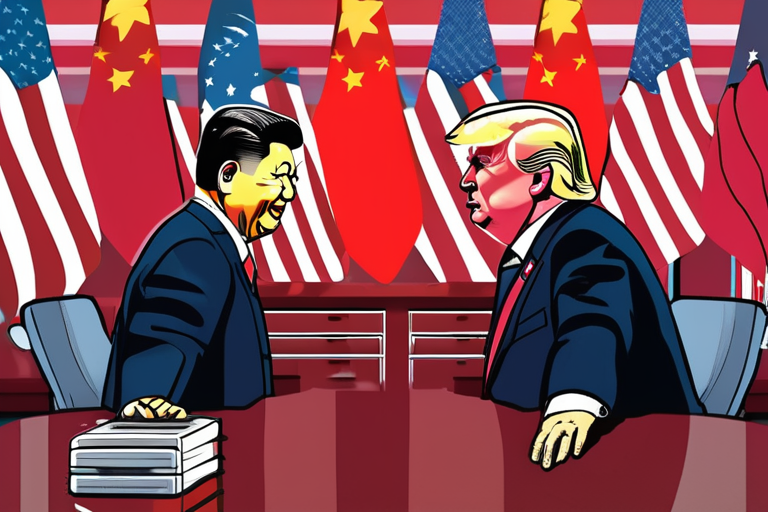







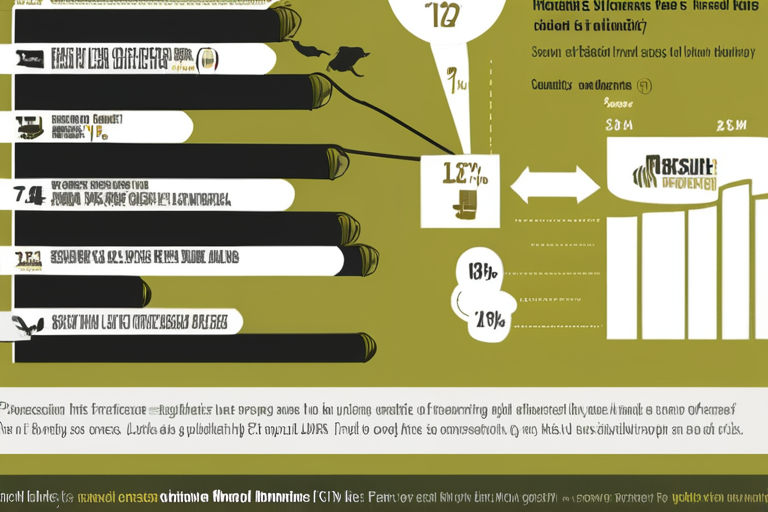

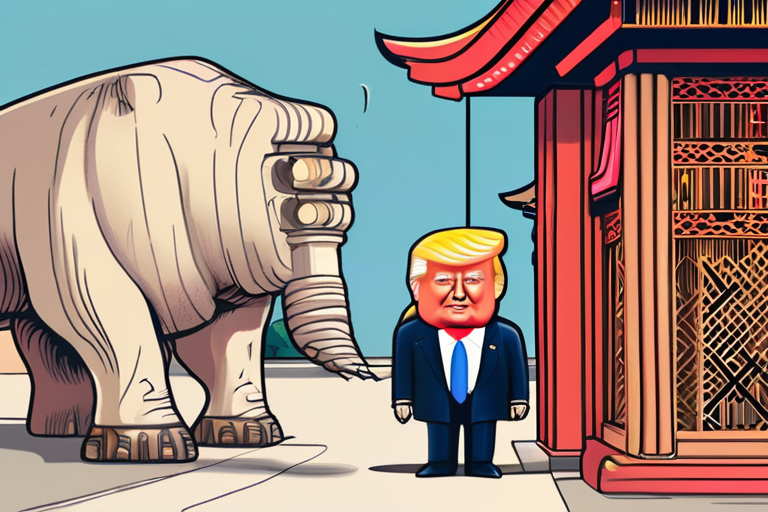
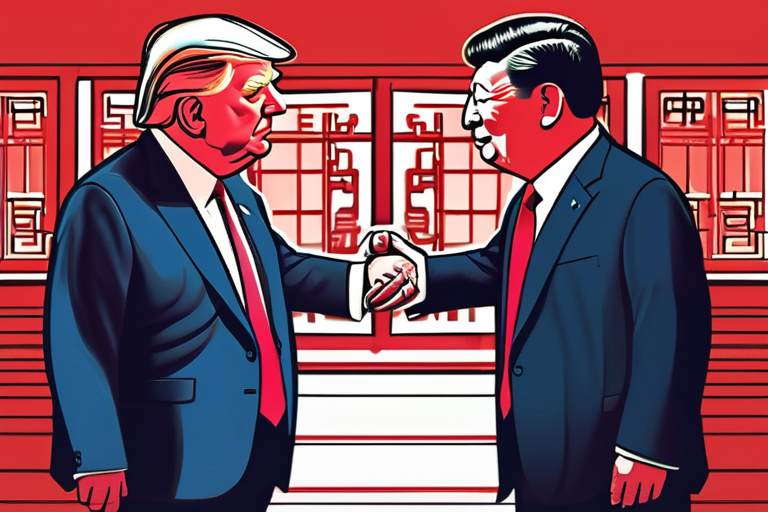



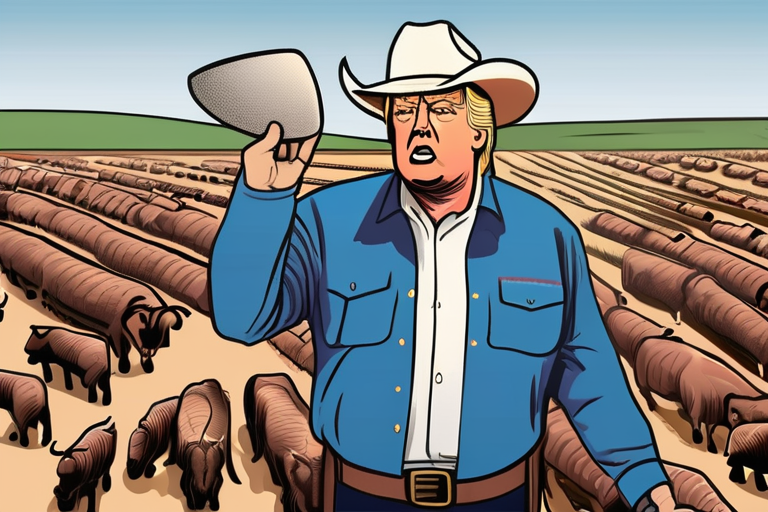



Share & Engage Share
Share this article